My recommendations for your first 30 days of Python 🐍.
🧵👇
🧵👇
I get many messages, and the most frequent question by far is, "How do I start with Python?"
There are multiple ways. Every one as valid as the one before.
Here is my way. These are my recommendations.
👇
There are multiple ways. Every one as valid as the one before.
Here is my way. These are my recommendations.
👇
1⃣Before anything else, remember that you need to make a commitment and be consistent.
Dedicate time to learn every day. It doesn't matter how much. Find a time that works for you.
The hashtag #100DaysOfCode is a great way to share your progress and stay accountable.
👇
Dedicate time to learn every day. It doesn't matter how much. Find a time that works for you.
The hashtag #100DaysOfCode is a great way to share your progress and stay accountable.
👇
2⃣You need to learn programming fundamentals.
(If you already know a different language, you may skip this step.)
"Learn to Program" is a free course that will teach you the basics of programming using Python.
I'd recommend you start here: coursera.org/learn/learn-to…
👇
(If you already know a different language, you may skip this step.)
"Learn to Program" is a free course that will teach you the basics of programming using Python.
I'd recommend you start here: coursera.org/learn/learn-to…
👇
3⃣Introduction to Python Programming is another great option to get started.
This is a free course from Udacity. It covers a little more than "Learn to Program", so this is the one I'd recommend to get started if you already know another language.
udacity.com/course/introdu…
👇
This is a free course from Udacity. It covers a little more than "Learn to Program", so this is the one I'd recommend to get started if you already know another language.
udacity.com/course/introdu…
👇
4⃣Books are a great companion!
▫️Dive Into Python 3 - amzn.to/3cRDqVc
▫️Python Crash Course - amzn.to/2GaQLfJ
▫️The Quick Python Book - amzn.to/2GnfeOT
▫️Beginning Python - amzn.to/2HSsmvR
They all start from the beginning. Pick one.
👇



▫️Dive Into Python 3 - amzn.to/3cRDqVc
▫️Python Crash Course - amzn.to/2GaQLfJ
▫️The Quick Python Book - amzn.to/2GnfeOT
▫️Beginning Python - amzn.to/2HSsmvR
They all start from the beginning. Pick one.
👇
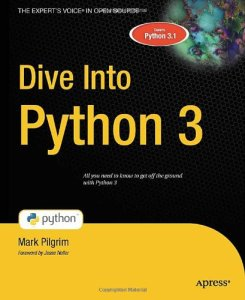
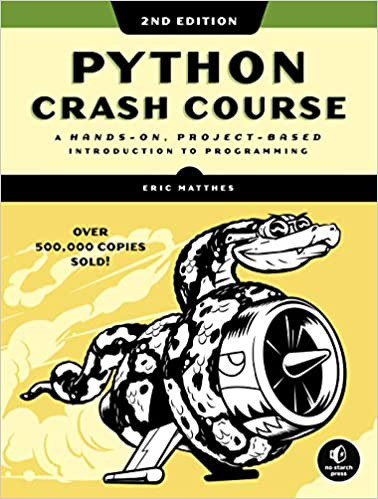
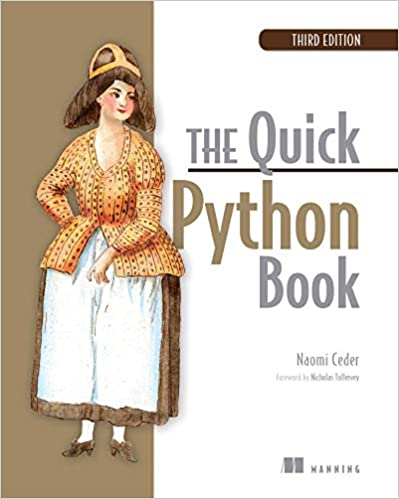
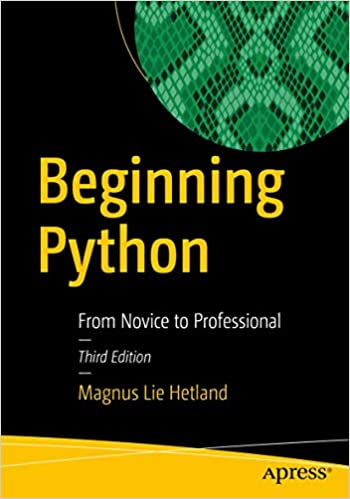
5⃣If you like games, try CodeCombat at the same time you are taking your lessons.
This is gamified learning, and you'll get some practice with Python while having fun.
Site: codecombat.com
👇
This is gamified learning, and you'll get some practice with Python while having fun.
Site: codecombat.com
👇
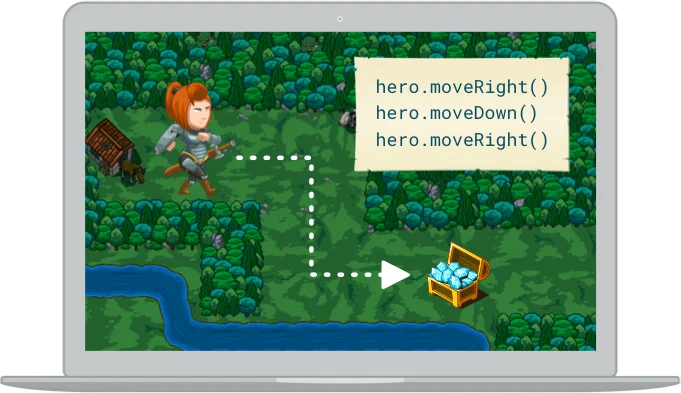
6⃣You want to spend as much time as possible making things. Pick one of the following projects:
▫️A dice rolling simulator
▫️Rock, paper, scissors game
▫️A calculator
▫️The hangman game
Pick a different project if you have a better idea, but actively make something.
👇
▫️A dice rolling simulator
▫️Rock, paper, scissors game
▫️A calculator
▫️The hangman game
Pick a different project if you have a better idea, but actively make something.
👇
7⃣Solving exercises is a great way to solidify your knowledge.
Here you have 10 problems with their solutions that you can try as you feel more confident:
These are simple problems, but they may take a while when you are starting. That's fine.
👇
Here you have 10 problems with their solutions that you can try as you feel more confident:
https://twitter.com/svpino/status/1309347657408753666?s=20
These are simple problems, but they may take a while when you are starting. That's fine.
👇
8⃣Find a partner to share your journey.
This is one of the things that has always worked amazingly well for me: find somebody to learn together.
You'll make an incredible amount of progress when working with someone else.
👇
This is one of the things that has always worked amazingly well for me: find somebody to learn together.
You'll make an incredible amount of progress when working with someone else.
👇
Going through all of these may take longer than 30 days. That's fine. These recommendations are supposed to get you started.
The most important thing is for you to want this bad enough. If you do, it will happen.
Good luck!
The most important thing is for you to want this bad enough. If you do, it will happen.
Good luck!
• • •
Missing some Tweet in this thread? You can try to
force a refresh








